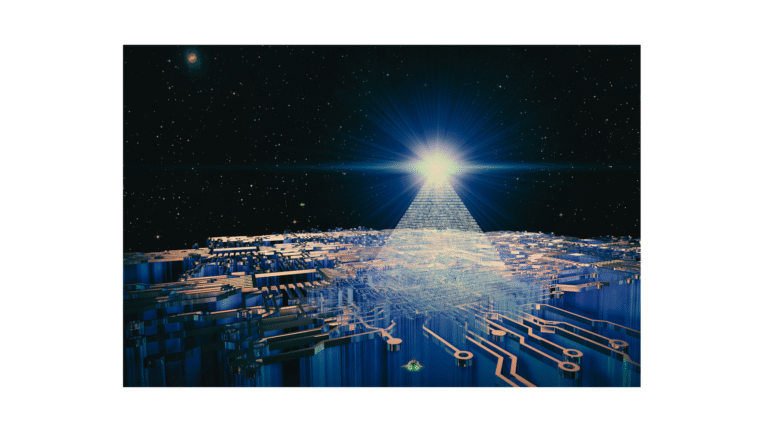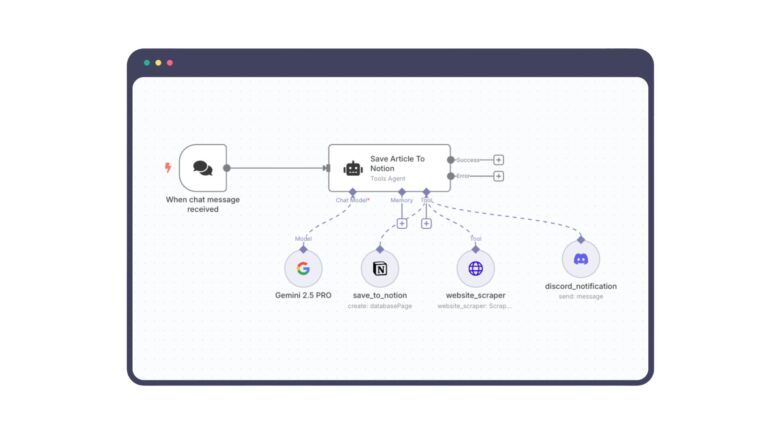If 2024 was a year of rapid adaptation, 2025 is all about proactive security—leveraging cutting-edge technology to stay ahead of evolving threats. Cybercriminals aren’t slowing down, and neither should businesses. From AI-driven defenses to quantum-safe cryptography, the future of cybersecurity is both promising and challenging. So, what should CISOs and security leaders be paying attention to in 2025?
1. AI-Driven Defenses: The Cyber Arms Race Intensifies
AI in cybersecurity isn’t new, but in 2025, it’s becoming the cornerstone of defense strategies. AI-powered threat detection, autonomous response, and predictive analytics are shifting security from a reactive to a proactive stance.
🔍 What’s Changing?
- AI vs. AI warfare: Attackers are now using generative AI to craft undetectable phishing emails and automate exploits. In response, defensive AI is evolving to detect patterns in adversarial AI-driven attacks.
- AI-driven SOCs: Security Operations Centers (SOCs) are leveraging AI copilots to reduce noise, prioritize threats, and respond to incidents at machine speed.
- Self-healing systems: Advanced AI models are enabling autonomous patching, minimizing the attack surface without human intervention.
AI is no longer an optional add-on—it’s becoming a necessity for real-time, automated defense mechanisms. Organizations must invest in AI-driven threat intelligence and autonomous SOC tools or risk falling behind.
2. Zero Trust Moves from Theory to Reality
“Trust but verify” is officially dead. The Zero Trust model, which assumes that every access request—whether inside or outside the network—must be verified, is becoming the new standard.
🔍 What’s Changing?
- Continuous authentication: One-time logins are obsolete. Continuous authentication (tracking user behavior, biometrics, and device health) is becoming the norm.
- Microsegmentation & identity-first security: Network boundaries are disappearing; identity is now the primary security perimeter.
- Zero Trust for SaaS & cloud-native security: With more businesses adopting multi-cloud, Zero Trust principles are being embedded directly into SaaS security models.
If you haven’t already adopted Zero Trust Network Access (ZTNA), now’s the time. Legacy VPNs and perimeter-based security won’t cut it in a world where cyber threats move laterally at alarming speeds.
3. Quantum Cryptography: Preparing for the Post-Quantum World
Quantum computing is still in its early stages, but the security implications are massive. The biggest concern? Quantum computers could break traditional encryption algorithms, making RSA and ECC obsolete.
🔍 What’s Changing?
- NIST’s Post-Quantum Cryptography (PQC) standards: Businesses will need to migrate to quantum-resistant algorithms to ensure long-term data protection.
- Quantum Key Distribution (QKD): Emerging as a cutting-edge approach to securing communications against future quantum threats.
- Nation-state threats: Countries like China and the U.S. are already investing heavily in quantum research, signaling a potential quantum cyber arms race.
Companies must begin quantum-readiness assessments today. If you’re handling long-term sensitive data, post-quantum encryption should be on your roadmap. The transition will be complex—starting early is crucial.
4. Cybersecurity Meets Regulations: Global Compliance Becomes a Boardroom Priority
Privacy laws are expanding, and cybersecurity regulations are tightening worldwide. In 2025, businesses will need to comply with a patchwork of global cyber laws, or risk heavy penalties.
🔍 What’s Changing?
- U.S. SEC cybersecurity disclosure rules: Companies now must report cyber incidents within four days—forcing greater transparency.
- EU’s NIS2 Directive & DORA: Stricter cybersecurity and risk management requirements for financial services and critical infrastructure.
- Privacy laws in APAC & LATAM: More regions are adopting GDPR-like data protection laws, increasing compliance complexity.
Cybersecurity is no longer just an IT issue—it’s a board-level concern. Organizations must integrate compliance automation into their security frameworks and maintain cyber risk transparency for stakeholders.
5. Ransomware-as-a-Service (RaaS) Evolves: Double & Triple Extortion Threats
Ransomware gangs are operating like Fortune 500 companies—complete with customer support, affiliate programs, and revenue-sharing models. The rise of Ransomware-as-a-Service (RaaS) is making attacks easier, faster, and more profitable than ever.
🔍 What’s Changing?
- Double & triple extortion: Attackers steal, encrypt, and leak data to force higher ransom payments.
- AI-powered ransomware: Cybercriminals are using AI to evade detection, automate attacks, and optimize payload delivery.
- Target shift to OT & IoT: Ransomware isn’t just hitting IT networks anymore—critical infrastructure, hospitals, and smart cities are now prime targets.
Investing in proactive ransomware defense strategies (like immutable backups, deception technology, and attack surface reduction) is non-negotiable. Cyber resilience is just as important as prevention.
Final Thoughts: Are You Ready for Cybersecurity 2025?
Cybersecurity in 2025 isn’t just about defending—it’s about outpacing the attackers. Businesses that embrace AI-driven security, Zero Trust architectures, quantum resilience, regulatory compliance, and ransomware defenses will be better positioned to navigate the evolving threat landscape.
What’s your biggest cybersecurity challenge going into 2025? Let’s discuss in the comments!







